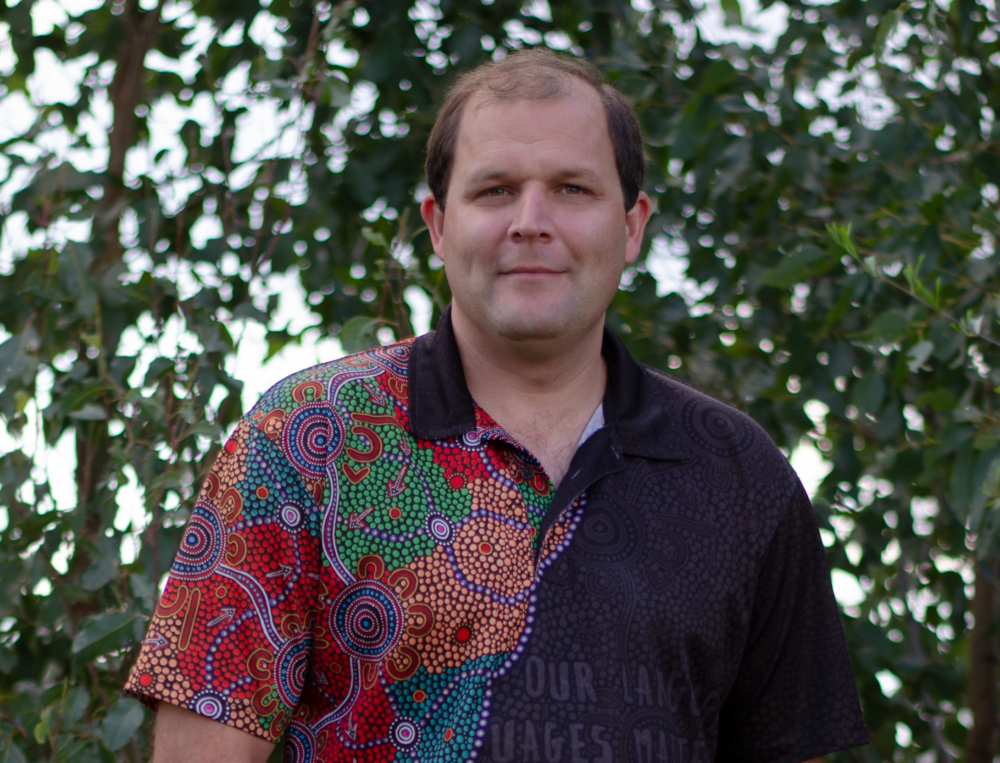By Neena Bhandari
Sydney, 04.01.2021 (Hireup): Aboriginal-owned and driven research is essential to enable Indigenous people to have a voice in disability policy, says John Gilroy, a Koori man from the Yuin nation. His lived experience of growing up with a significant speech impediment, linked to a chronic respiratory condition, has made him a passionate advocate of Aboriginal and disability rights.
He recommends the National Disability Insurance Agency (NDIA) should invest more resources into building and up-skilling the current National Disability Insurance Scheme (NDIS) planning workforce and the Aboriginal community-controlled services sector.
“The NDIS is built on a white fella capitalist viewpoint of purchasing services and working on for-profit market-based philosophies. This goes against the grain of how many Aboriginal people want to engage with services and supports relating to their disabilities or being carers of people with a disability,” says Gilroy, associate professor and deputy director of Aboriginal and Torres Strait Islander Research at the University of Sydney.
He believes the development of the NDIS was rushed too quickly. “Instead of preparing the infrastructure of the service sector, the government was very focused on getting numbers of assessments and package rates rising. As a result, the service sector was pulled apart and demolished at the same time as it was being redesigned and rebuilt. It was devastating.”
“We’ve seen very good programs and agencies get defunded or merged with other agencies. For example, Ability Links in New South Wales was an incredible program that really helped people through the NDIS eligibility and planning process. When it was scrapped, a lot of families were left in the lurch because there was nothing to replace it at the time. The workload fell on the Local Area Coordinators with no extra support from the government. This is buck passing that goes on between the three layers of government, which serves the interests of no one,” he adds.
During his research spanning two decades, Gilroy has witnessed thousands of people with a disability, their families and carers benefitting from the NDIS, but he’s also found that Aboriginal people who do not have a higher level of education, or do not reside in metropolitan areas, struggle to comprehend the eligibility process for a NDIS plan.
He says, “It’s about whether or not people have the knowledge and the skills to self-advocate and be able to resourcefully obtain quality information and advice relating to the development of the NDIS plan. Some have had to struggle and put up long hard fights. In the end even if they get a good plan, they may not have access to the infrastructure to actually implement their plans.”
“The funding in a package needs to be implemented within a year otherwise the participant is at risk of having less money in future packages, or having the package removed altogether for not spending the money. If a participant, for example, in any of the remote communities of Central Australia needs new wheels for an electric wheelchair, they would not only be paying a premium price but would have to wait for months for the only mechanic in the area to service it,” he adds.
Gilroy’s research shows that generally Aboriginal and Torres Strait Islander people engage with disability service providers if they have an established relationship with a worker in that organisation.
As of 31 March 2021, there were 30,800 active Indigenous NDIS participants receiving an average annual committed support of $71,000. As many as 13,500 participants were in major cities and 14,100 participants were in inner and outer regional areas, averaging support amounts of $67,000 and $66,000, according to Australian Institute of Health and Welfare’s Disability Support for Indigenous Australians section of Australia’s welfare 2021.
In remote and very remote areas, there were 3,200 participants receiving an average of $109,000 for supports. The Northern Territory had the highest average support with $159,000, while Victoria had the lowest average support with $53,000, according to the report.
The most common primary disability groups were intellectual disability at 30 percent, autism at 28 percent and psychosocial disability at 9.0 percent out of the 16,417 Indigenous participants as of 30 June 2019, according to NDIA’s report on Aboriginal and Torres Strait Islander participants.
© Copyright Neena Bhandari. All rights reserved. Republication, copying or using information from neenabhandari.com content is expressly prohibited without the permission of the writer and the media outlet syndicating or publishing the article.



